History of gold
First metal to be found by humans
The first metal readily available on earth for use was gold. It was available in many regions of the world and was found in its original form. Other metals were discovered and found their use much later. Most other metals are found in the form of ores, which can’t be used directly. It is necessary to smelt and extract them from their ores, purify them for proper usage. On the other hand, gold is soft and can be shaped into any form easily.
Qualities of Gold
The natural beauty of the yellow metal is widely accepted. With its glitter, it was initially used only for ornaments and jewelry. Gold doesn’t corrode or rust and its longevity is unquestionable. It is presumed that 90-95% of all the Gold ever mined or found is available in some form even today.
Early use
The earliest usage of Gold must have been for ornaments for personal use. The other widely popular use was to make idols of deities in Gold, ornaments for them, various utensils used for prayers, and other items required for the Gods. Due to its exquisite beauty it was also used by the royalty and was used as a medium of exchange of gifts among the rich and the royals.
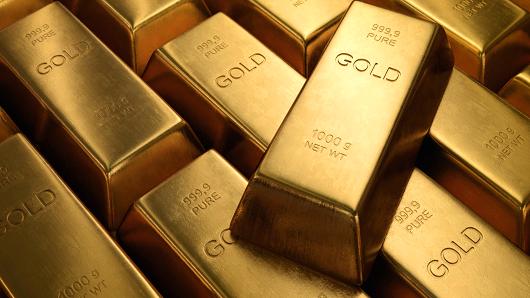
Importance world over
Another interesting point is that though Gold was found in different places around the world which were not connected to each other in ancient times; their usage has been very similar throughout the world. All the early civilizations have used them for similar things, their usage as currency started much later.
Early work of gold
The excavations in Turkey show exquisite work of Gold as early as 2450-2600 BCE. Many different civilizations went to great efforts to excavate gold. There are instances of using slaves, prisoners of wars, and criminals to mine gold.
Greeks
The Greeks recognized the value of gold and mined it from early times. Both Plato and Aristotle have written about gold and have their own theories about its origins. In earlier days, most of the gold was found in the streams; therefore, it was presumed that gold was formed due to the combination of sunlight and water under certain conditions.
Gold as a currency
First use as medium of exchange
The first usage of Gold as a medium of exchange is presumed to have started in 1500 BCE in Nubia. It was along the river Nile and large quantities of Gold were found in this region. The ancient Egyptians are credited with starting the legacy of Gold.
First use as currency
The first use of gold in the form of currency was started by the Chinese in 1091 BCE. The initial currency was in the form of little squares.
First coins
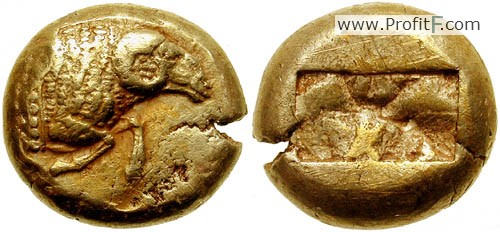
Gold transitioned from being a valuable metal to being used as a currency in the early 600 BCE. The earliest coins are considered to be the Lydian coins, found in Turkey. They were struck during the reign of the King of Lydia, Croesus in 550 BCE. This started the use of Gold coins as currency which continued for many centuries.
Since then both silver and gold coins continued to be used as currencies for several hundred years. The next important step was in the 1066 AD with the Norman Conquest. Post which the British Pound sterling was established, which is the oldest currency of the world and continues to be in use even now in the UK. Though most countries have changed over to different currencies and mostly paper currency. The Pound Sterling is a reminiscence of gold being used in the form of coins.
Coins minted in Venice and England
The longest design of a coin
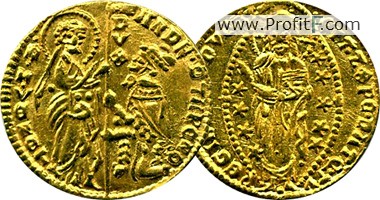
The gold ducat also known as the Zecchino minted in Venice is the most famous coin in the history. It’s design remained the same for more than 5 centuries. It was minted from 1284 and continued to be in use until 1797 when Venice was conquered by Napoleon. No other coin in the history has been minted with the same design for such a long time. The name Zecchino was derived from the name of the mint Zecca in Venice. In 1543, a silver coin called a ducat was started, the Gold coin was then named the Zecchino to differentiate it from the silver ducat.
England
Another important Gold coin to be minted in 1284 is the Florin from England. The angel, noble, crown and guinea were the other coins that followed the florin. In 1377, England entered a monetary system based on gold and silver.
Gold Standard
The credit of Gold standard in modern times partially goes to Sir Isaac Newton who was the master of the Royal mint. He fixed the price of gold at 84 shillings, 11.5 pence per troy ounce. He also fixed a new mint ratio of silver to gold at 16:1 which effectively ended the silver standard and started the gold standard. Britain adopted the gold specie standard in 1816. British currency was convertible to a specific quantity of gold. The gold sovereign was also introduced during this time.
Other countries join
Various other countries followed the Great Britain and adopted the gold standard. Barring China and a few other countries, the whole world was part of the Gold standard by 1900. The Gold standard continued till the start of the First World War post which most of the Countries left the Gold Standard. They tried to unsuccessfully return to the Gold Standard on completion of the war, but the Great Depression of the 1930s and a wrong system of returning to the standard caused most of the countries to leave the Gold Standard again.
The Bretton Woods system
What is it?
The whole of Europe and Japan were in need of money to rebuild their economies. After the completion of WW II, the US emerged as the economic and military leader of the world. It used this leadership position to its advantage and pegged the value of gold at $35 per troy ounce. All other currencies in the allied nations were to fix their currency rates with reference to the US dollar.
Overvaluation of the US dollar
The world progressed during this system and both Europe and Japan progressed economically. The cold war with the USSR and the Vietnam War took its toll on the US economy. Though the US dollar was overvalued the US did not devalue it to maintain its international credibility. The Japanese and European currencies were undervalued; both did not revalue it to maintain their export advantage. The newly formed currency markets the world over had sufficient money and speculation was rife. Large pools of money were being bet against currencies which led to quick profits.
The Nixon shock
These factors led to the loss of faith in the US dollar, a reduction in the US Gold coverage from 55% to 22%. The US international reserves which were at 50% post WW II reduced to just 16% by 1970. All this led to the US government abandoning the Bretton Woods system and an announcement in this regard was done by President Nixon on 15 August 1971. This is also termed as the Nixon shock as this was done without consulting the members of the IMF or even his state department.
The last country to leave the Gold Standard
Though the Gold Standard came to an end with the failure of the Bretton Woods system, Switzerland continued to remain in a Gold Standard and only left it in 1999.
The future of Gold
Gold has maintained its value over the centuries and will remain to do so in future. There have been periodic attempts by economists to discuss the return to some form of a gold standard to keep a check on the money printing by various nations and to stop currency wars to gain an advantage in exports. However, with the world economy being dynamic, the gold standard will not be feasible.
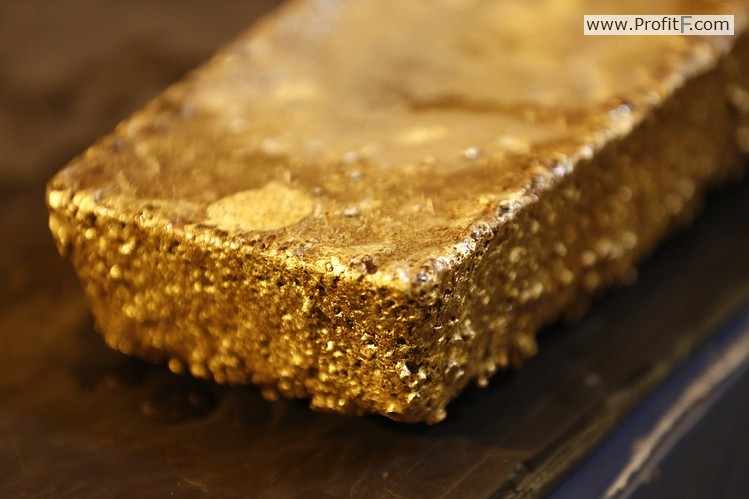
Conclusion
In the absence of the Gold Standard, money printing by all the large nations is rampant to recover from the financial crisis of 2007. Four of the major economies of the world, the US, the Europe, Japan and China have resorted to quantitative easing to prop their economies. The demand for gold during times of crisis increases as can be seen in the last few years. Gold presently is in a bear market and will again come into prominence during the next financial crisis which is likely to cause hyperinflation world over.









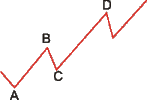
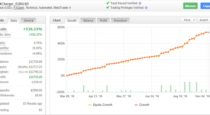
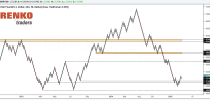
Add your review